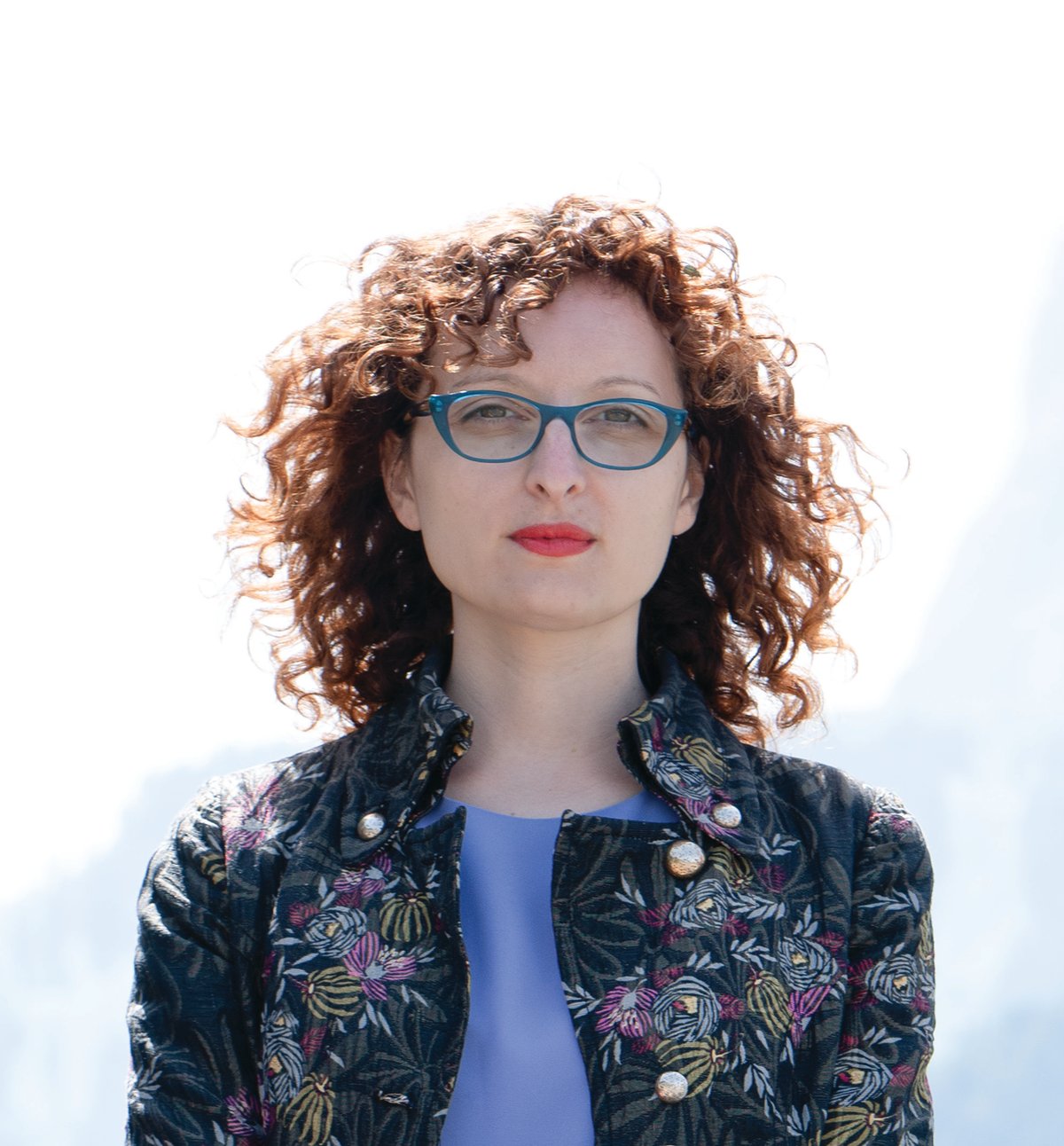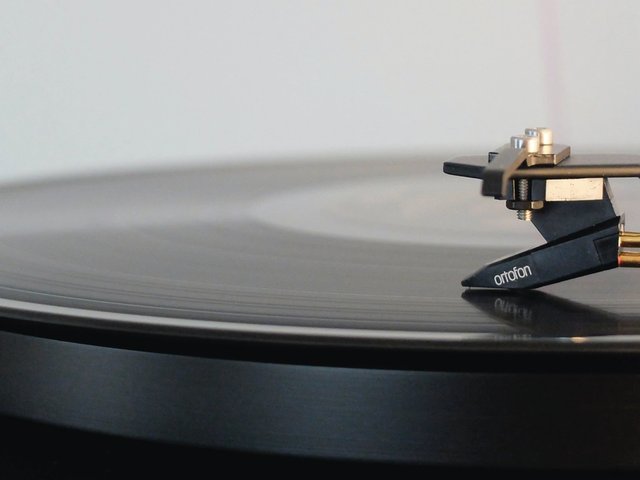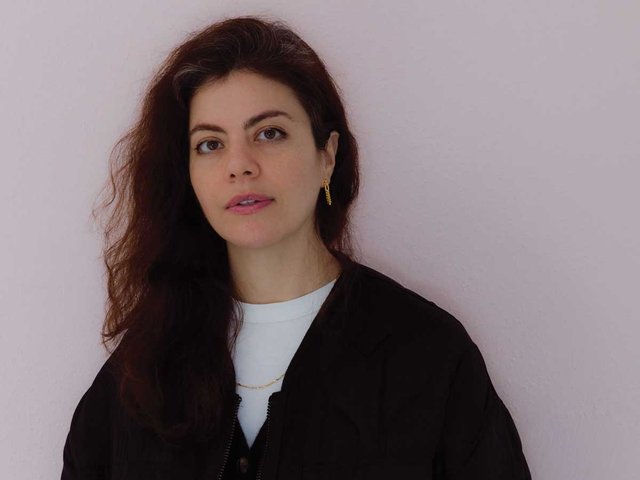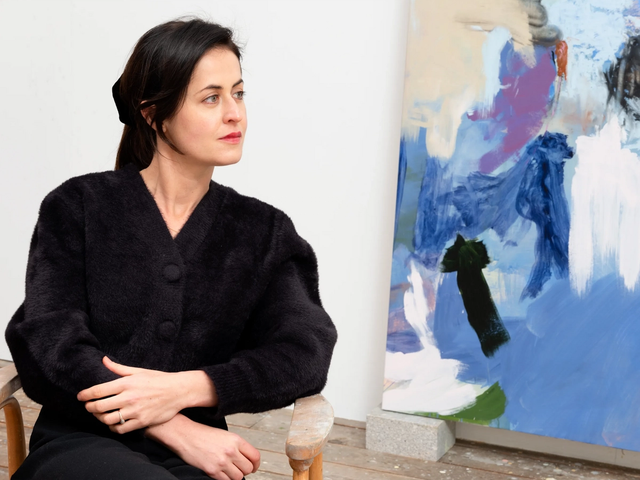If you could live with just one work of art, what would it be?
Rugilė Barzdžiukaitė, Vaiva Grainytė and Lina Lapelytė’s Sun & Sea [curated by Pietroiusti]. I was living with this work through the Venice Biennale in 2019, and since then on a long international tour likely to continue until at least 2023. I’ve been joining in singing with its choirs hundreds of times, and they never stop bringing butterflies to my stomach. I love this work for so many reasons—it defined a period in all of our lives; it was made by young mothers; it was developed and produced with so much love; it speaks to such enormous and terribly serious subjects in such an effortless way.
Which cultural experience changed the way you see the world?
Pregnancy, birth, and my son’s early infancy. I probably over-intellectualised the experience, but I learned so much about how the divine is an everyday experience, how we are all just one body growing out of ourselves into other bodies, and how to relate with what is essentially a little more-than-human being. It wasn’t an idyllic time—in the way that parenting can be reified in contemporary consumer culture. Not at all. It was fragile and complicated, but also laced with so much learning. It brought big, inconceivable things—about life and death, and difference—into sharp relief, revealing them as experiences that are all around us. In more ways than one, it was these experiences that led me to develop The Shape of a Circle in the Mind of a Fish with Filipa Ramos—a research project that looks at unpicking anthropocentric assumptions and cultivating more-than-human perspectives. Filipa and I affectionately call my son the Fish in honour of this.
Which writer or poet do you return to the most?
Most recently, Pablo Neruda’s One Hundred Love Sonnets—I am touched by the way he brings romantic love into conversation with what it is like to experience being on this planet: “I love the handful of the earth you are./Because of its meadows, vast as a planet,/I have no other star. You are my replica/of the multiplying universe.” I also must give gratitude for most of Himali Singh Soin’s poetry, most recently in an omniscience—an opera that takes the life of the arctic tern to reflect on movement and migration.
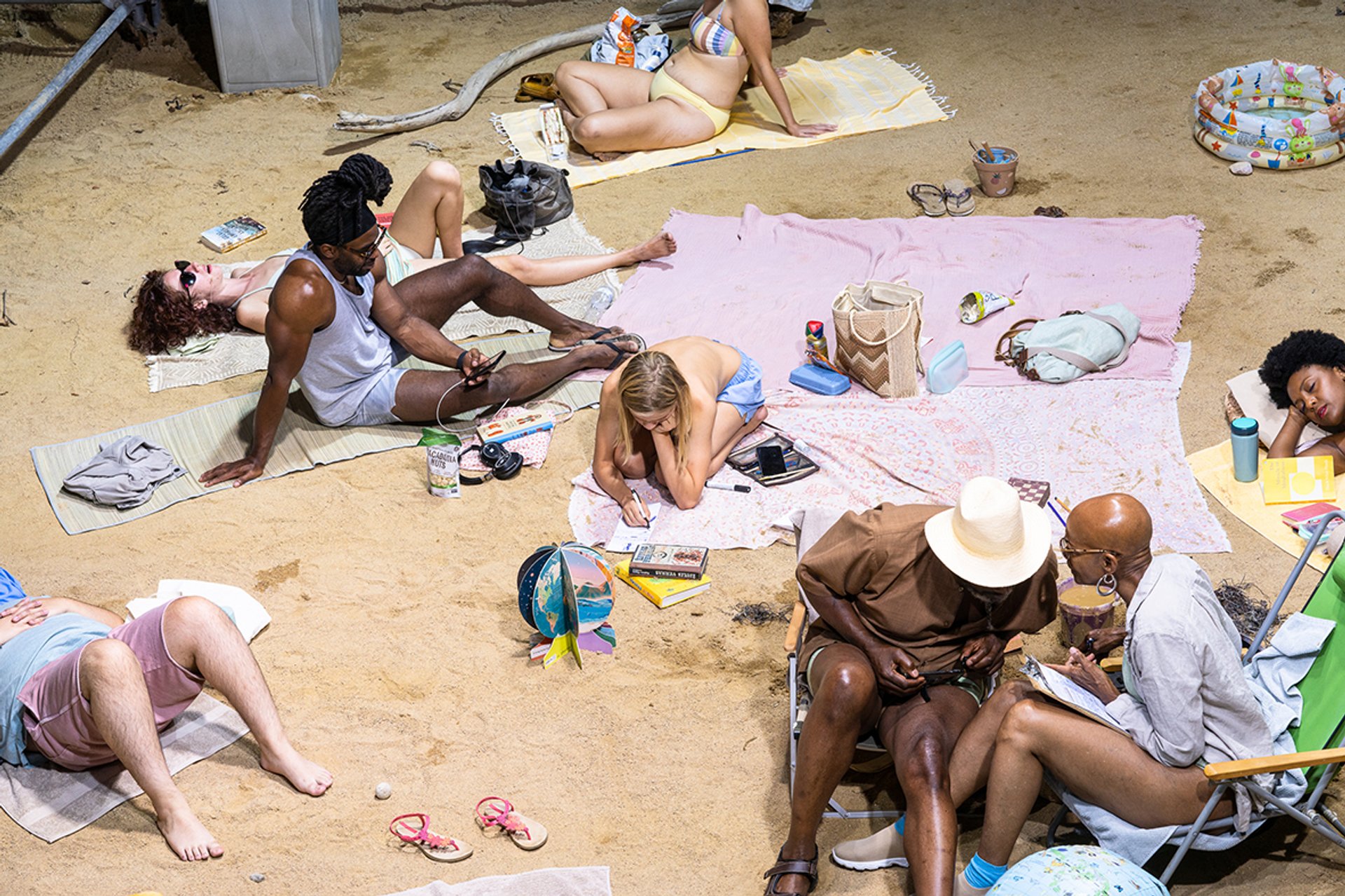
Sun & Sea. Photo: Elon Shoenholz.
What are you watching, listening to or following that you would recommend?
The Future Ecologies podcast is always brilliant—for the way they bring more-than-human thinking into dialogue with social justice and questions of responsibility and obligation. I also watch a lot of TV. Somehow it gives me food for thought. I recently caught up on Little Birds, Sophia Al-Maria’s Sky TV series. At the same time I was listening to Federico Campagna’s podcast Overmorrow’s Library, another brilliant piece of work, and started thinking about the ends of worlds (something Little Birds depicts so vividly) and those strange moments of transformation that emerge in specific times and places.
What do you listen to while you work?
On a good day, it’s likely to be showtunes from musicals. When in need, on the other hand, Your Queen is a Reptile by Sons of Kemet. And if it’s
a really terrible day for work stress, I might find myself singing It’s My Party (and I’ll cry if I want to) to colleagues. It’s very cathartic!
What is art for?
To enflesh and ensoul that complex, messy, fleeting thing that is living on this planet.
• Back to Earth, Serpentine Galleries, 22 June-18 September. Sun & Sea, The Albany, London, 23 June-10 July


